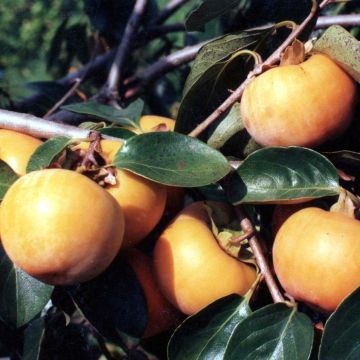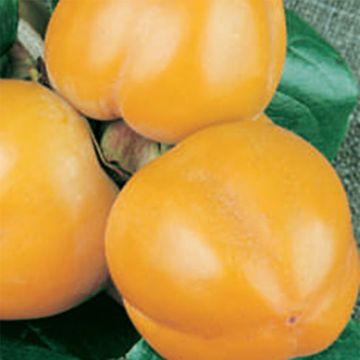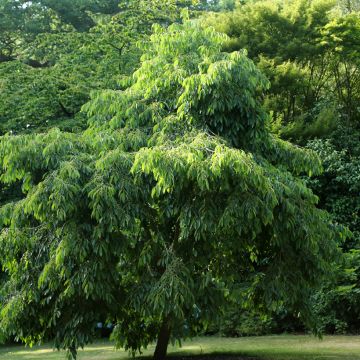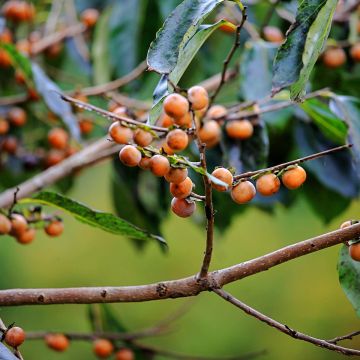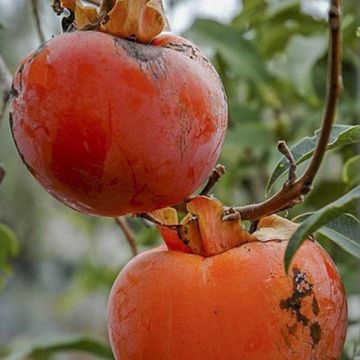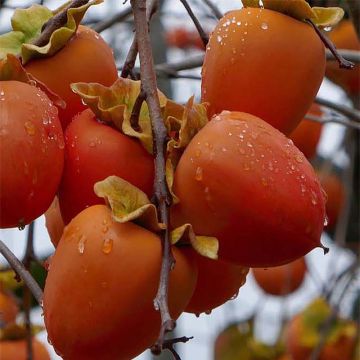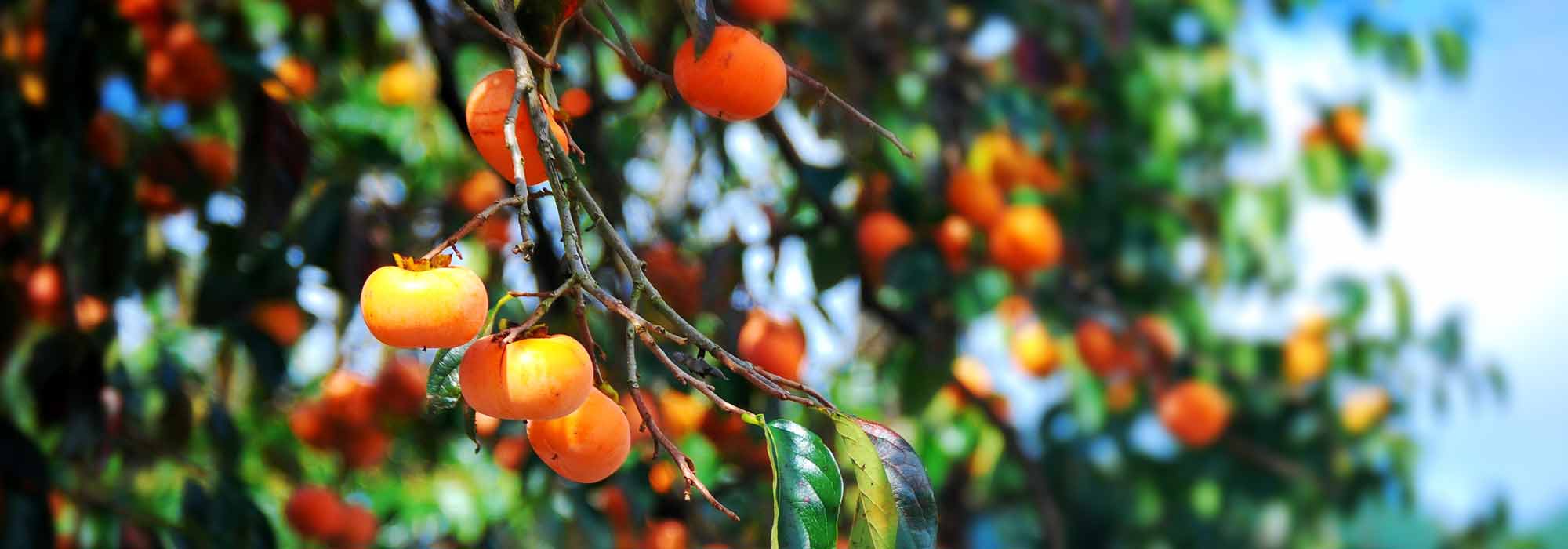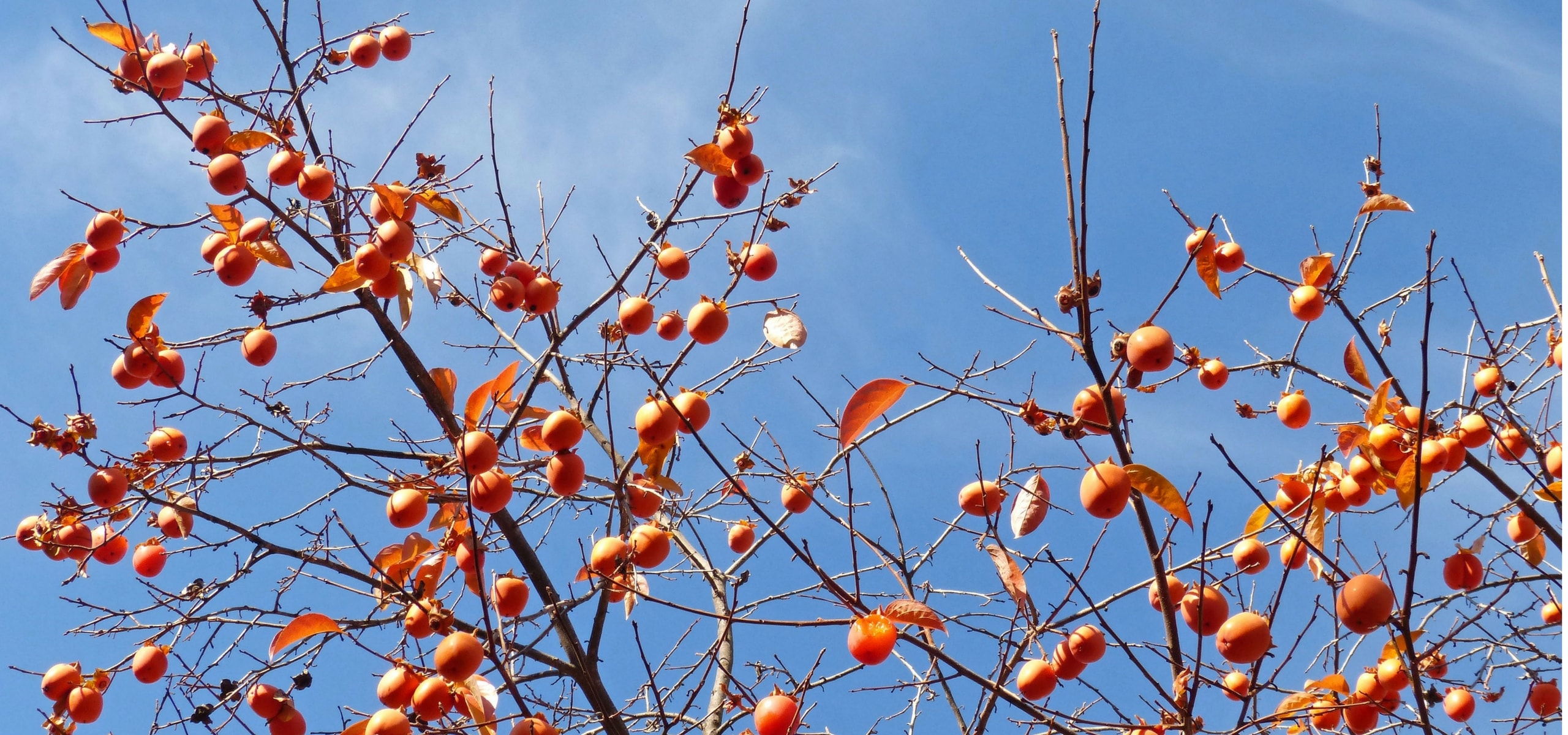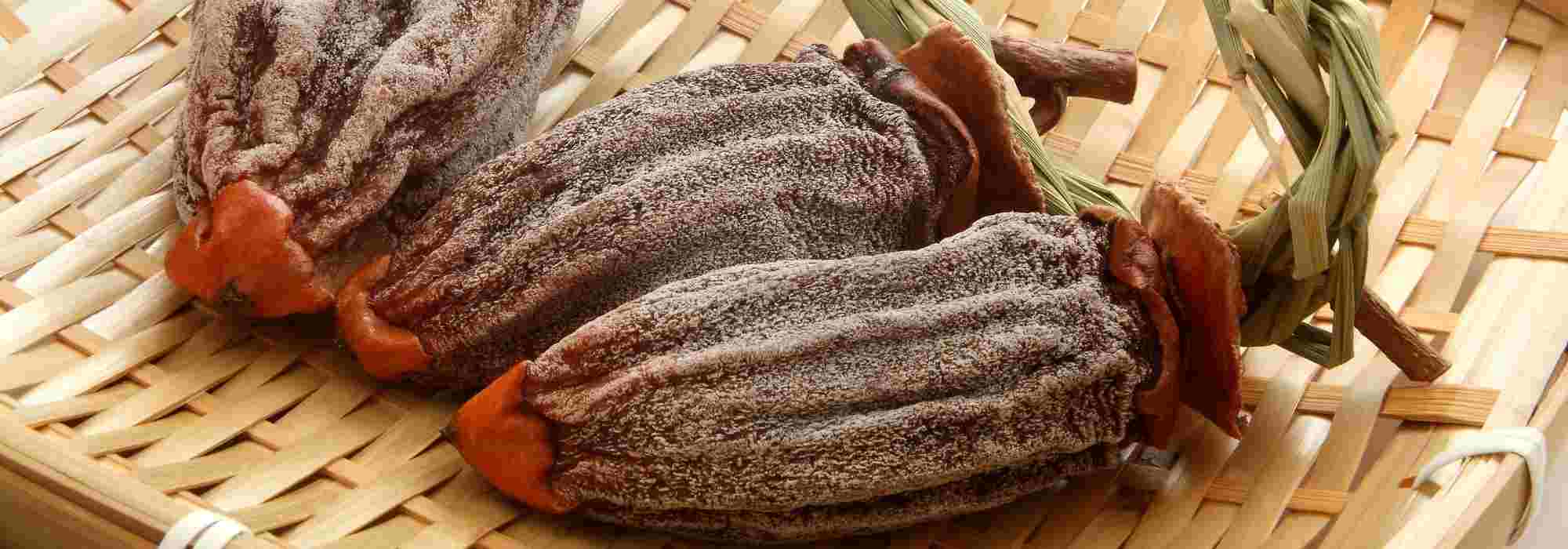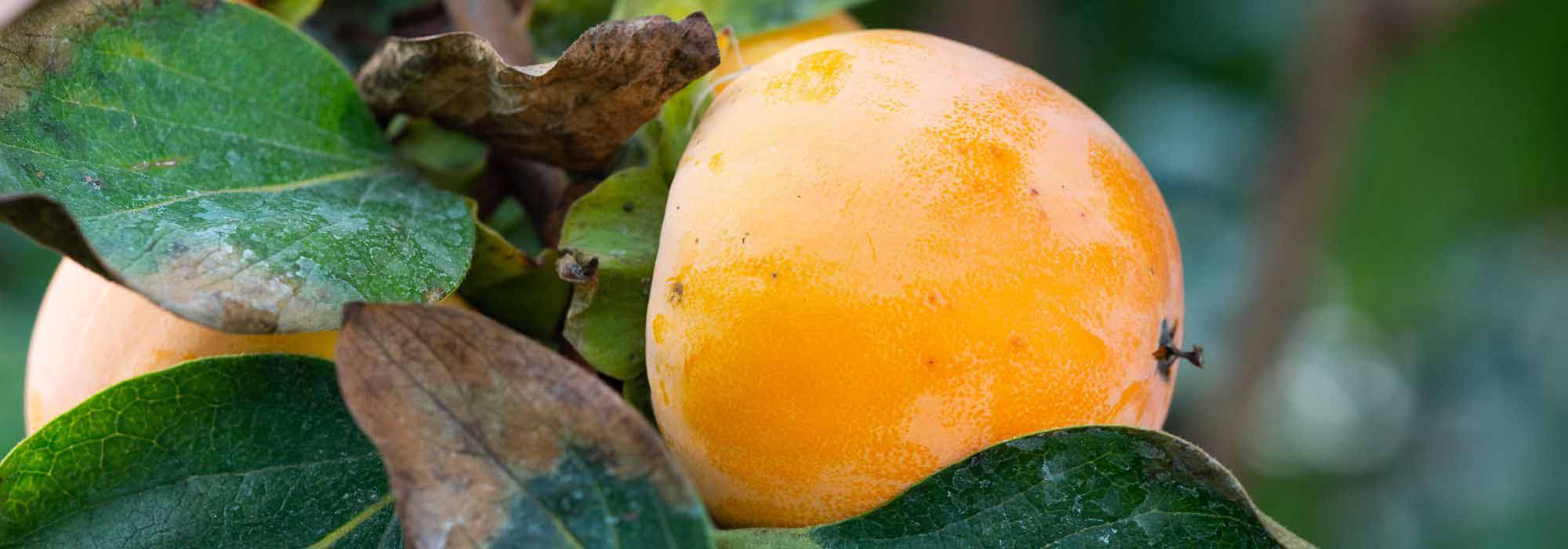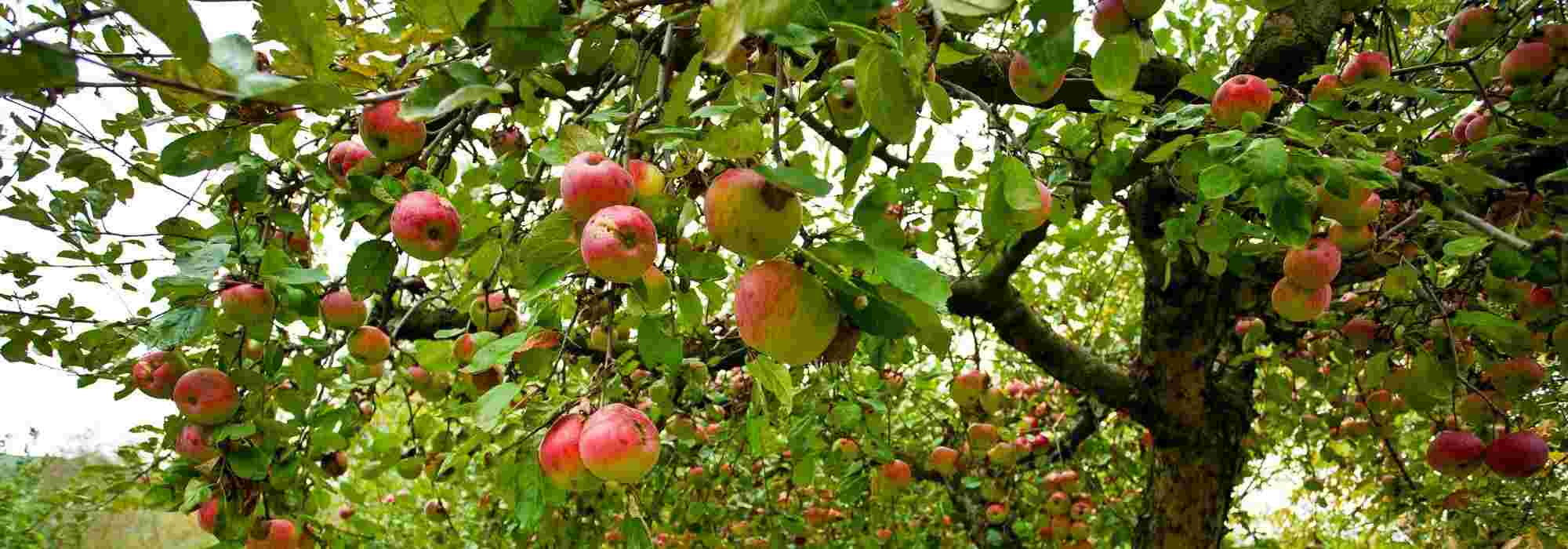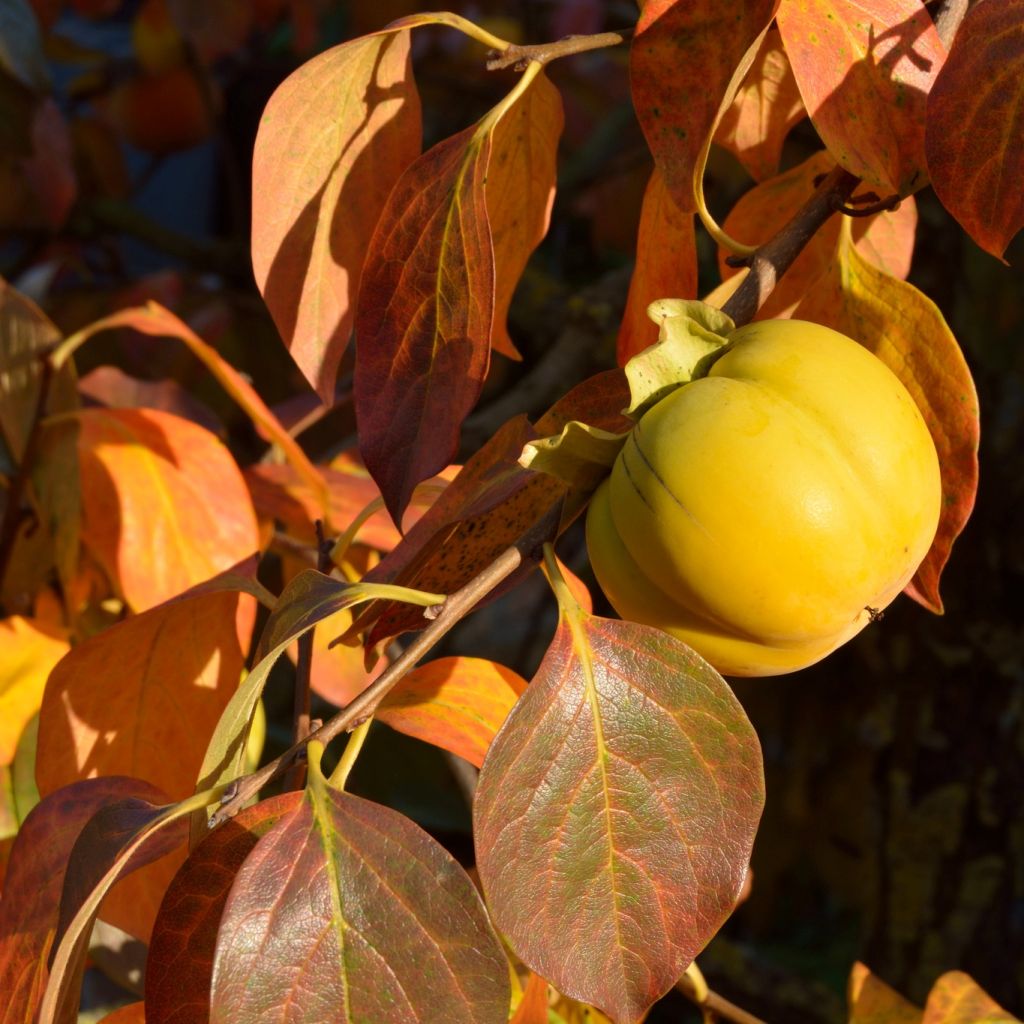

Diospyros kaki
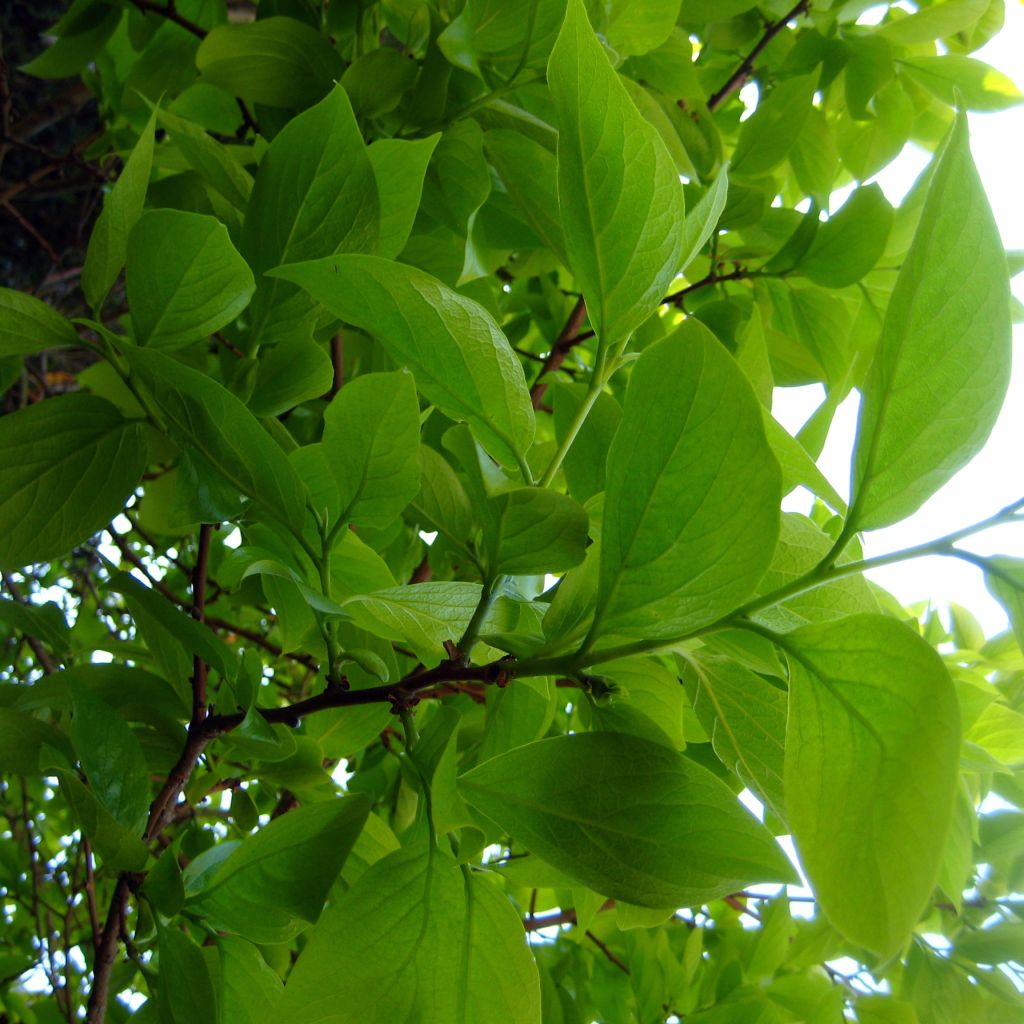

Diospyros kaki
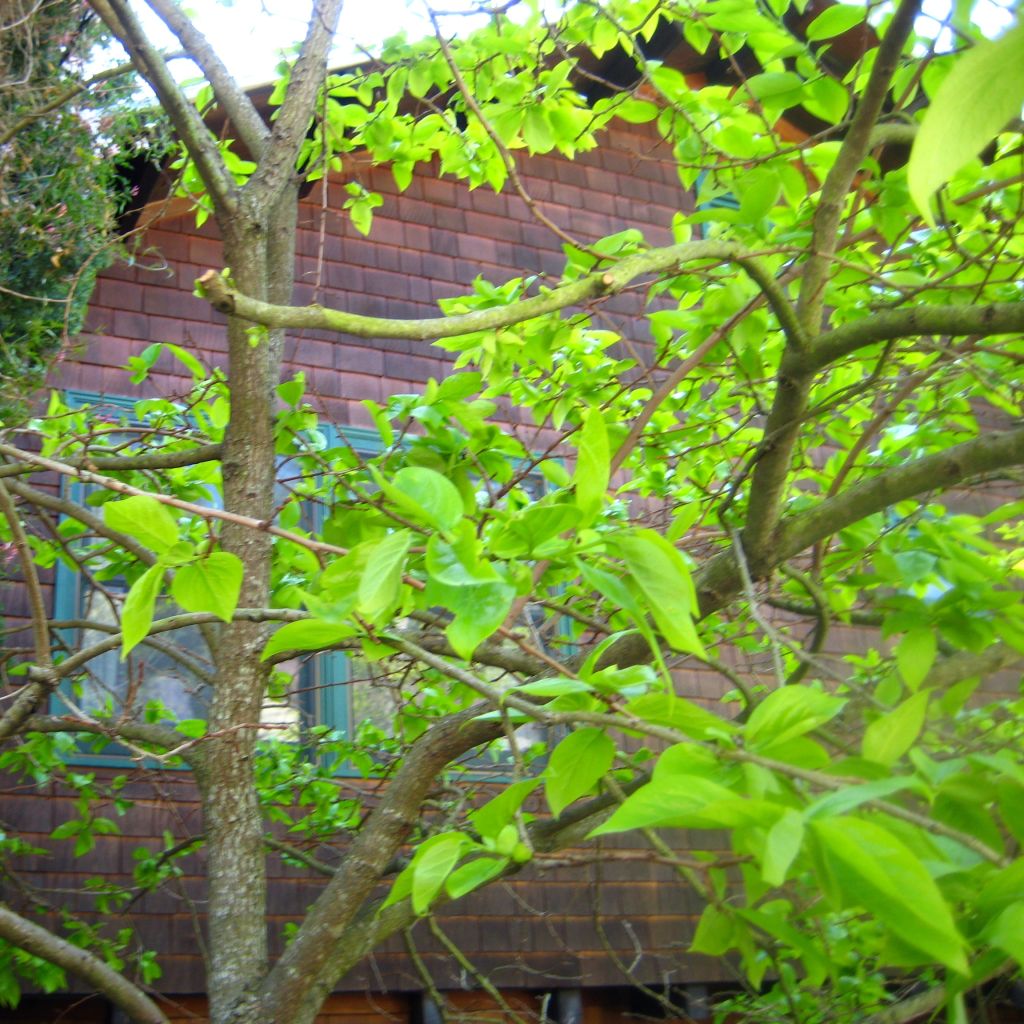

Diospyros kaki
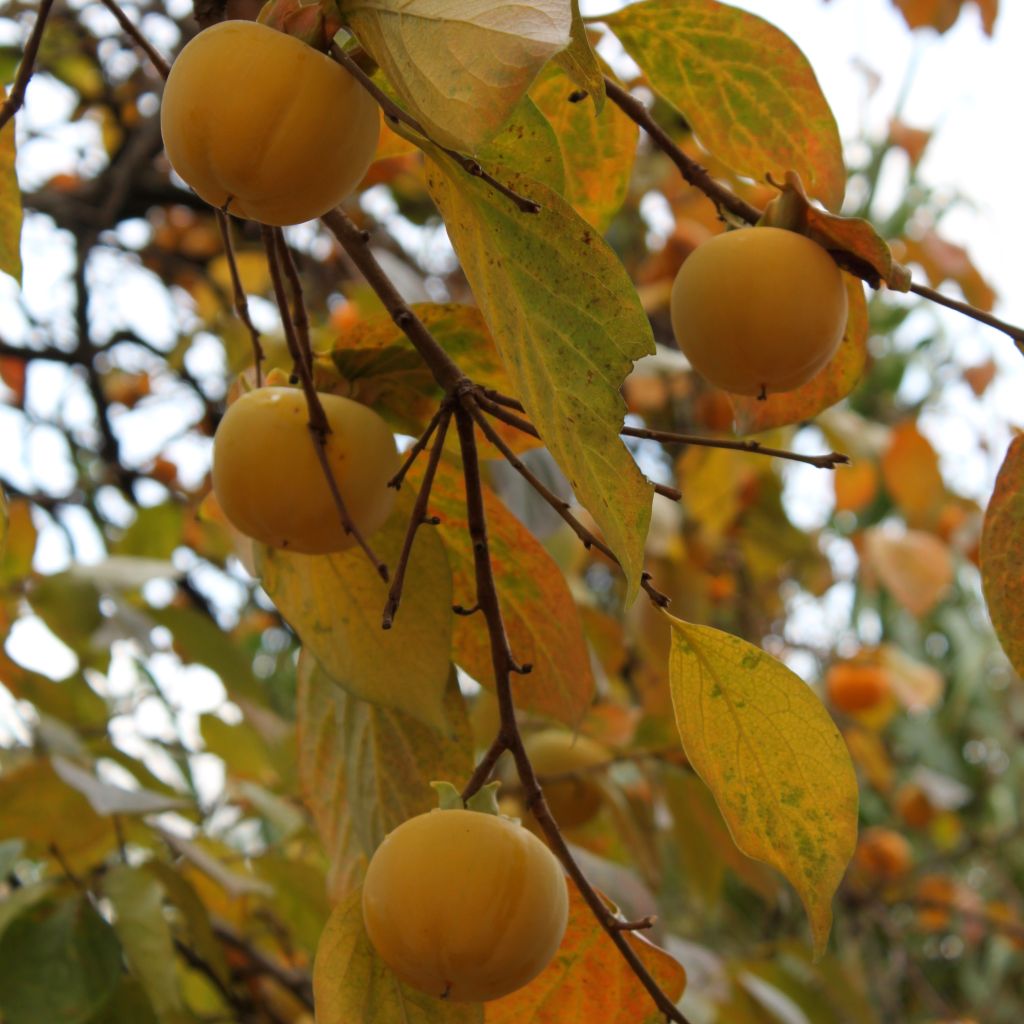

Diospyros kaki
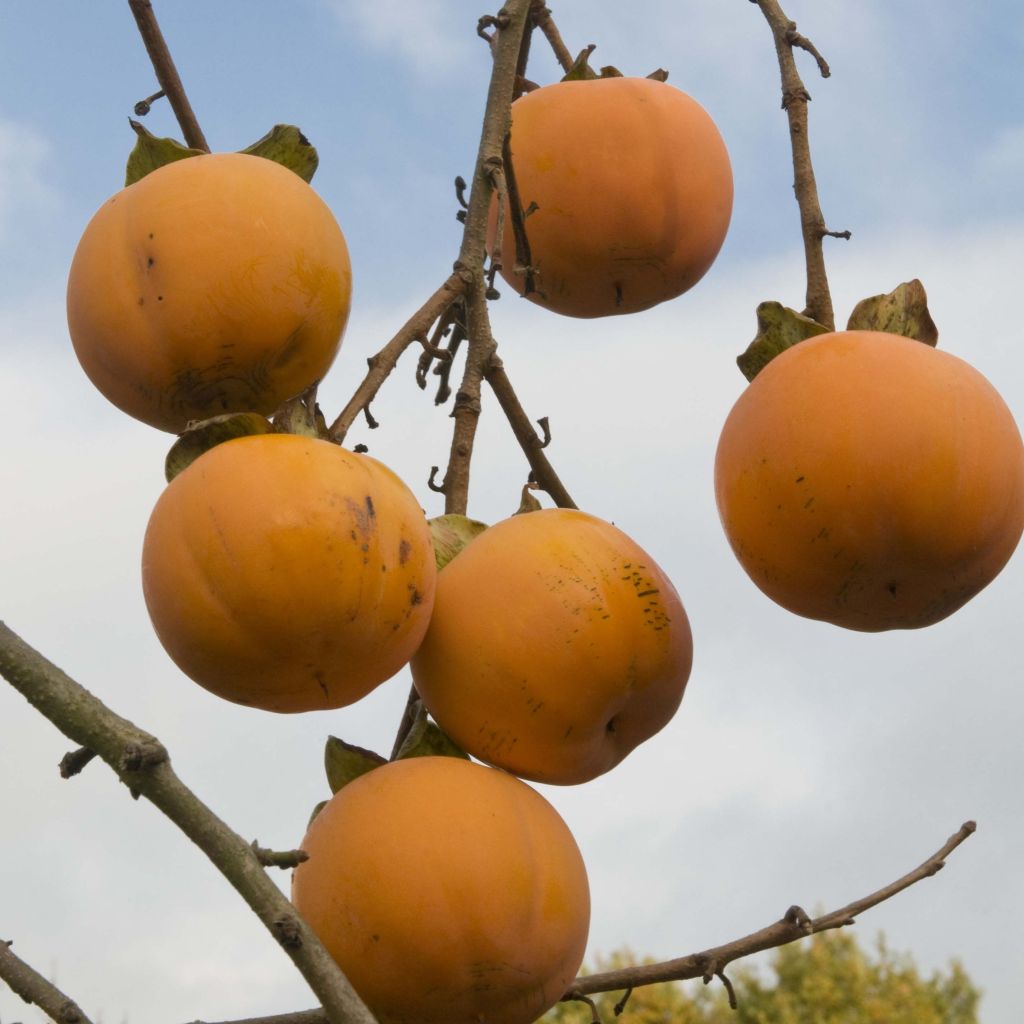

Diospyros kaki
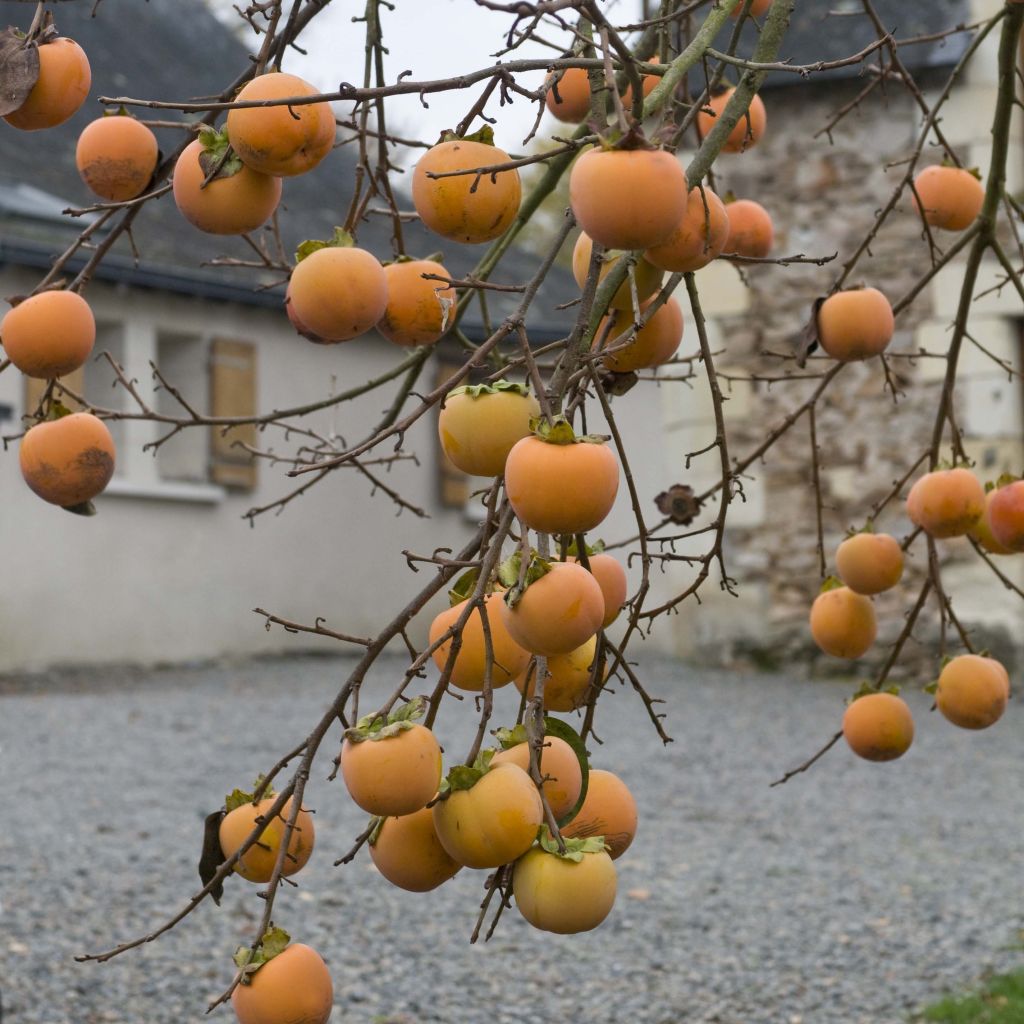

Diospyros kaki
Diospyros kaki
Diospyros kaki
Japanese Persimmon, Kaki, Asian Persimmon, Chinese date plum, Chinese persimmon, Kaki, Oriental persimmon, Persimmon, Sharon fruit
Plant arrived in very poor condition (careless delivery): a broken main branch at the base that tore off part of the trunk's bark, out of its pot, the roots exposed as if it were a recently potted bare-root young plant. Even if it recovers, its shape is no longer symmetrical.
Catherine, 14/12/2020
Special offer!
Receive a €20 voucher for any order over €90 (excluding delivery costs, credit notes, and plastic-free options)!
1- Add your favorite plants to your cart.
2- Once you have reached €90, confirm your order (you can even choose the delivery date!).
3- As soon as your order is shipped, you will receive an email containing your voucher code, valid for 3 months (90 days).
Your voucher is unique and can only be used once, for any order with a minimum value of €20, excluding delivery costs.
Can be combined with other current offers, non-divisible and non-refundable.
Why not try an alternative variety in stock?
View all →This plant carries a 24 months recovery warranty
More information
We guarantee the quality of our plants for a full growing cycle, and will replace at our expense any plant that fails to recover under normal climatic and planting conditions.
Does this plant fit my garden?
Set up your Plantfit profile →
Description
Diospyros kaki, also known as the Japanese Persimmon, is an elegant fruit tree that adorns itself in autumn with orange to red fruits that are decorative, fleshy, juicy, and sweet. Its dark green, glossy foliage takes on flamboyant hues in autumn. Its compact growth is suitable for small gardens as well as the background of a productive vegetable garden. Although fairly hardy, it requires a location sheltered from cold winds, deep and moist soil during the growing season, and hot summers.
Also known as the "Japanese Persimmon", this tree belongs to the ebony family and is native to China. It can reach a height of 6m (20ft) and has a spreading habit. Although it can withstand temperatures as low as -15°C (5 °F), the Persimmon tree requires a long and hot summer to bear fruit well. Reserve it for the south or use it as an ornamental tree. The deciduous, alternate, ovate, leaves, measuring 10 to 18 cm (3.9 to 7.1 in) long, are dark green and turn reddish-orange in autumn. The flowering occurs in May-June, with cream-yellow flowers that bloom on the current year's shoots. They can be of three types: hermaphrodite, male, or female, all on the same tree. Pollination is carried out by insects. Each tree is usually monoecious, with separate male and female flowers on the same plant, but there are also dioecious cultivars. If a female flower is not fertilized, the fruit still develops, but without seeds. The flowers are soon followed by round, green fruits measuring 5 to 8 cm (2 to 3.1 in) in diameter, which ripen from October to November, taking on a bright orange colour. They remain on the tree for a long time after the leaves have fallen. Their flavour is slightly astringent due to the presence of tannins, but they are rich in sugars, vitamin C, provitamin A, potassium, calcium, magnesium, and various trace elements. The wood of the Persimmon tree is very hard and resembles that of ebony, to which it is related.
Diospyros kaki is well-suited for small gardens, whether planted individually or in an informal hedge, in an orchard, or at the back of a vegetable garden. There are numerous cultivars derived from this species: there are no less than 800 in Japan and 2000 in China.
Harvest: Not before mid-November. The fruits are only edible when they are almost over-ripe, after a light frost and a period in a fruit store. They can be stored with their calyx for a little over a month in a cool place by placing them on the stalk.
Diospyros kaki in pictures
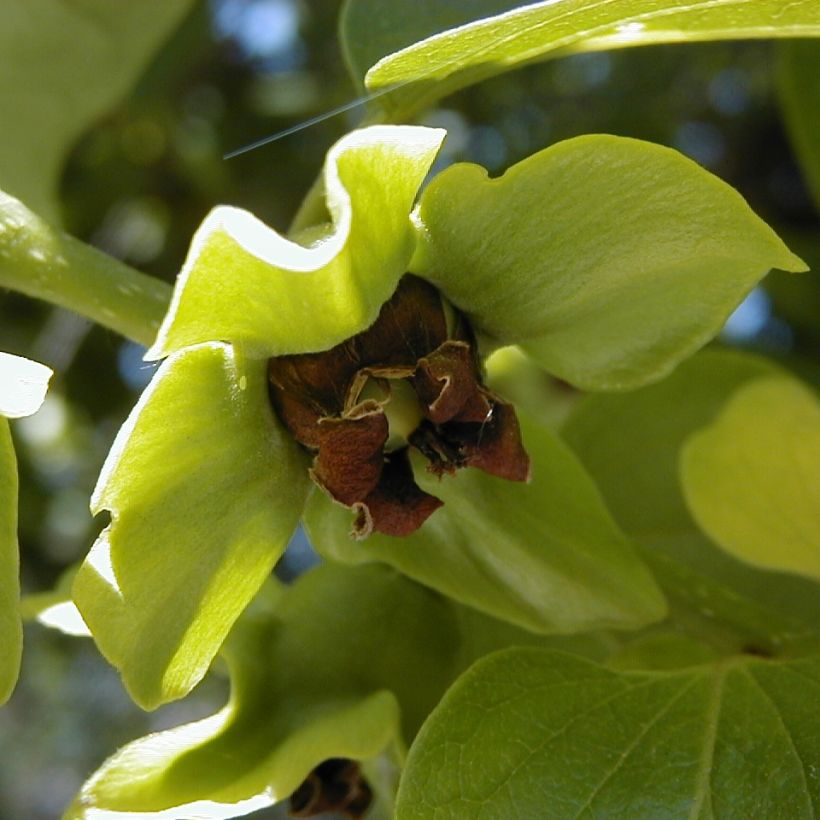

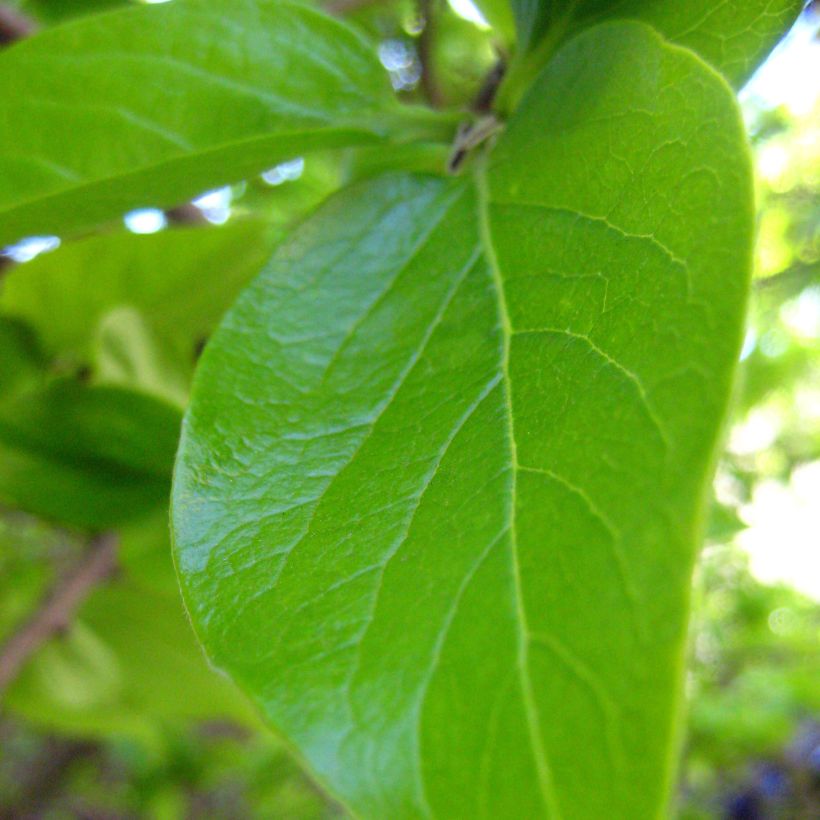

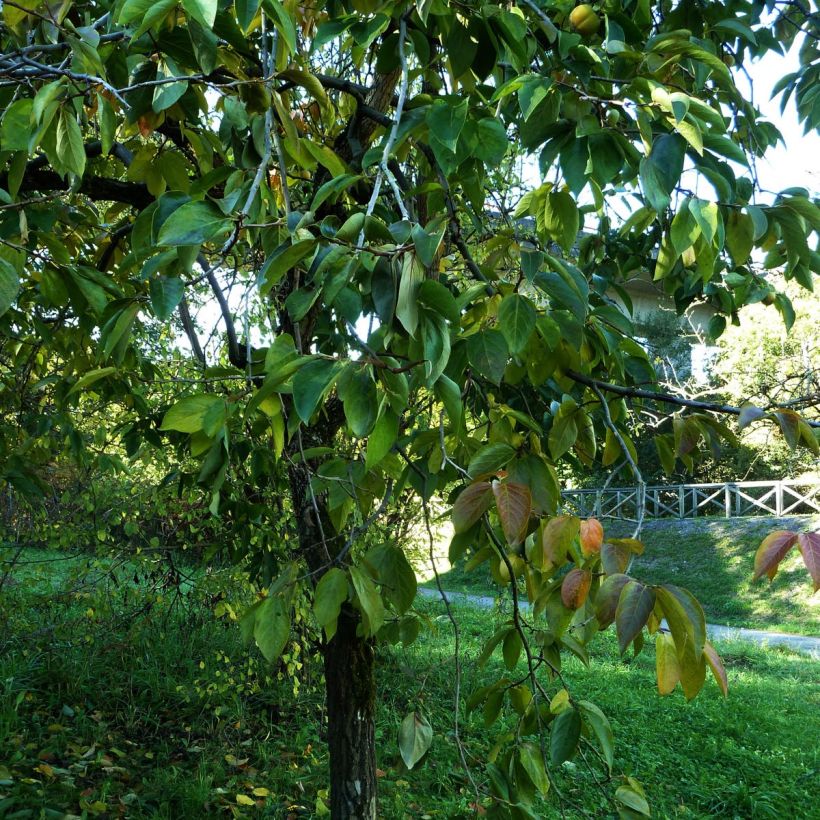

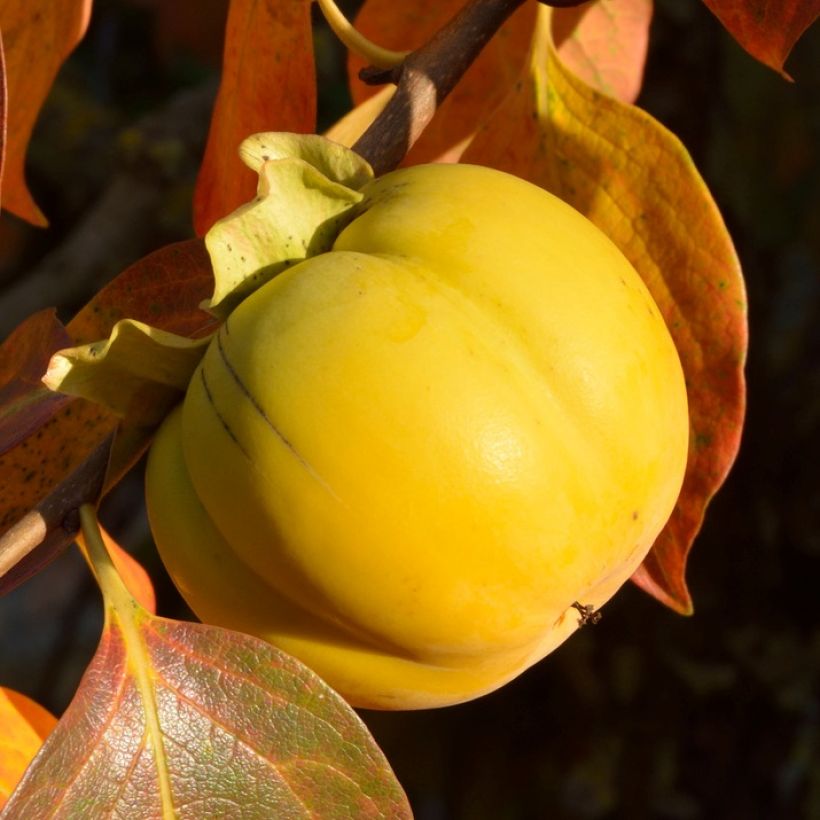

Plant habit
Flowering
Foliage
Botanical data
Diospyros
kaki
Ebenaceae
Japanese Persimmon, Kaki, Asian Persimmon, Chinese date plum, Chinese persimmon, Kaki, Oriental persimmon, Persimmon, Sharon fruit
China
Other Persimmon trees - Diospyros
View all →Planting and care
Diospyros kaki is best planted in autumn in any rich, well-drained soil in a warm, sunny location sheltered from prevailing winds. Stake the young plants and water during dry periods. From September onwards, support the heavily laden branches. Winter pruning is solely aimed at allowing air and sunlight into the centre. The Bacterium tumefaciens causes damage to the collar, scale insects sometimes attack the branches, and the Ceratitis capitata (Mediterranean fruit fly) causes damage to the fruits in the south, and during hot periods.
Planting period
Intended location
Care
Planting & care advice
-
, onOrder confirmed
Reply from on Promesse de fleurs
Haven't found what you were looking for?
Hardiness is the lowest winter temperature a plant can endure without suffering serious damage or even dying. However, hardiness is affected by location (a sheltered area, such as a patio), protection (winter cover) and soil type (hardiness is improved by well-drained soil).

Photo Sharing Terms & Conditions
In order to encourage gardeners to interact and share their experiences, Promesse de fleurs offers various media enabling content to be uploaded onto its Site - in particular via the ‘Photo sharing’ module.
The User agrees to refrain from:
- Posting any content that is illegal, prejudicial, insulting, racist, inciteful to hatred, revisionist, contrary to public decency, that infringes on privacy or on the privacy rights of third parties, in particular the publicity rights of persons and goods, intellectual property rights, or the right to privacy.
- Submitting content on behalf of a third party;
- Impersonate the identity of a third party and/or publish any personal information about a third party;
In general, the User undertakes to refrain from any unethical behaviour.
All Content (in particular text, comments, files, images, photos, videos, creative works, etc.), which may be subject to property or intellectual property rights, image or other private rights, shall remain the property of the User, subject to the limited rights granted by the terms of the licence granted by Promesse de fleurs as stated below. Users are at liberty to publish or not to publish such Content on the Site, notably via the ‘Photo Sharing’ facility, and accept that this Content shall be made public and freely accessible, notably on the Internet.
Users further acknowledge, undertake to have ,and guarantee that they hold all necessary rights and permissions to publish such material on the Site, in particular with regard to the legislation in force pertaining to any privacy, property, intellectual property, image, or contractual rights, or rights of any other nature. By publishing such Content on the Site, Users acknowledge accepting full liability as publishers of the Content within the meaning of the law, and grant Promesse de fleurs, free of charge, an inclusive, worldwide licence for the said Content for the entire duration of its publication, including all reproduction, representation, up/downloading, displaying, performing, transmission, and storage rights.
Users also grant permission for their name to be linked to the Content and accept that this link may not always be made available.
By engaging in posting material, Users consent to their Content becoming automatically accessible on the Internet, in particular on other sites and/or blogs and/or web pages of the Promesse de fleurs site, including in particular social pages and the Promesse de fleurs catalogue.
Users may secure the removal of entrusted content free of charge by issuing a simple request via our contact form.
The flowering period indicated on our website applies to countries and regions located in USDA zone 8 (France, the United Kingdom, Ireland, the Netherlands, etc.)
It will vary according to where you live:
- In zones 9 to 10 (Italy, Spain, Greece, etc.), flowering will occur about 2 to 4 weeks earlier.
- In zones 6 to 7 (Germany, Poland, Slovenia, and lower mountainous regions), flowering will be delayed by 2 to 3 weeks.
- In zone 5 (Central Europe, Scandinavia), blooming will be delayed by 3 to 5 weeks.
In temperate climates, pruning of spring-flowering shrubs (forsythia, spireas, etc.) should be done just after flowering.
Pruning of summer-flowering shrubs (Indian Lilac, Perovskia, etc.) can be done in winter or spring.
In cold regions as well as with frost-sensitive plants, avoid pruning too early when severe frosts may still occur.
The planting period indicated on our website applies to countries and regions located in USDA zone 8 (France, United Kingdom, Ireland, Netherlands).
It will vary according to where you live:
- In Mediterranean zones (Marseille, Madrid, Milan, etc.), autumn and winter are the best planting periods.
- In continental zones (Strasbourg, Munich, Vienna, etc.), delay planting by 2 to 3 weeks in spring and bring it forward by 2 to 4 weeks in autumn.
- In mountainous regions (the Alps, Pyrenees, Carpathians, etc.), it is best to plant in late spring (May-June) or late summer (August-September).
The harvesting period indicated on our website applies to countries and regions in USDA zone 8 (France, England, Ireland, the Netherlands).
In colder areas (Scandinavia, Poland, Austria...) fruit and vegetable harvests are likely to be delayed by 3-4 weeks.
In warmer areas (Italy, Spain, Greece, etc.), harvesting will probably take place earlier, depending on weather conditions.
The sowing periods indicated on our website apply to countries and regions within USDA Zone 8 (France, UK, Ireland, Netherlands).
In colder areas (Scandinavia, Poland, Austria...), delay any outdoor sowing by 3-4 weeks, or sow under glass.
In warmer climes (Italy, Spain, Greece, etc.), bring outdoor sowing forward by a few weeks.






























